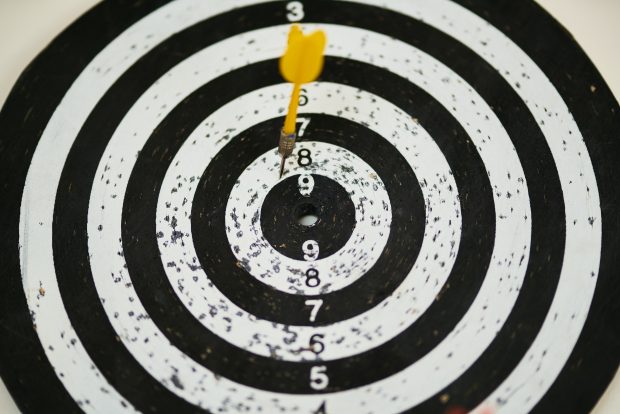Reaching your goals takes a lot more than willpower. To start living the life of your dreams, you need to establish daily routines that serve what you want to achieve. While it sounds tedious, doing the same thing over and over again is the simplest, most effective way to create habits.

Step 1: Start By Filling In Routine Necessities
Routine necessities include eating, sleeping, working, among other things. Block out time where you absolutely can’t perform any other task. Remember that some tasks, like eating or working out, can be combined with other tasks. For now, outline space where you don’t have free time.
Step 2: Separate Your Daily Routine Into Categories
One of the hardest parts of goal setting is figuring out which goals to track. To make this step easier, separate your daily routine based on categories. For example, “healthy eating,” “exercising,” “cleaning the house,” “productivity,” “creativity,” “journaling,” “school,” etc.
Step 3: Narrow Down Your Category Goals
Suppose you want to eat healthier, but you aren’t sure where to start. Don’t overwhelm yourself by selecting broad categories, like “being healthy.” Focus on “eating healthy” or “eating less sugar.” Try to keep your category to a specific goal you can accomplish with four tasks.
Let’s use “eating less sugar” as a category. You could replace soft drinks with black coffee because coffee can improve your energy without spiking your blood sugar. If you complete this task, you can reward yourself by browsing and buying yourself a few gifts for coffee experts.
Step 4: Consider What You Will and Won’t Give Up
To accomplish any goal, you have to sacrifice something, but many of us aren’t willing to give up a habit in exchange for another. If you want to eat less sugar, you’ll have to give up soft drinks. Do you see yourself quitting sugar forever? Or would it be better to cut back?
When you cut out sugar, you’ll likely feel awful. Sugar gives you a lot of energy, and if you rely on it, you’ll have to deal with withdrawal, hunger pains, and sleep disturbances. When you’re prepared for the worst, you’ll be able to evaluate if your mind or body can handle it.
Step 5: Separate Each Category by 4 Tasks
Once you acknowledge what you have to give up, start developing a daily routine around that goal. When you wake up, do you have sugar in your coffee? If you do, don’t think about replacing sugar with sweeteners. They’re more unhealthy than sugar, so try something else.
For your four tasks, think of ways you can avoid triggers. Are you more likely to eat cookies at night? Do something else instead. Do you eat a lot of take-out? Create sugar-free alternatives at home. Creating a grocery list, eating fruit, and carbs will help you kick your sugar cravings.
Step 6: Track Your Progress Daily
A good way to keep yourself accountable is by tracking your progress. Make sure you’re honest with yourself, so you can adjust if you go off track. Failure is a part of goal setting and not an indication you should give up. Keep trying to be a better you every single day.
Step 7: Re-Evaluate Your Goals Weekly
Did you have a hard time sticking to your plan? Maybe it’s because it’s not working for you, or you didn’t account for other bad-habit triggers. Write down exactly why you ate sugar when you didn’t want to, including who you were around, what you were doing, and how you were feeling.
By tracking these metrics, you’ll be able to understand why you continue to fall back into bad habits, and that’s endlessly valuable to your daily routine. When you know what went wrong, you’re able to adjust, pivot, and re-evaluate how you can achieve your goals in another way.



